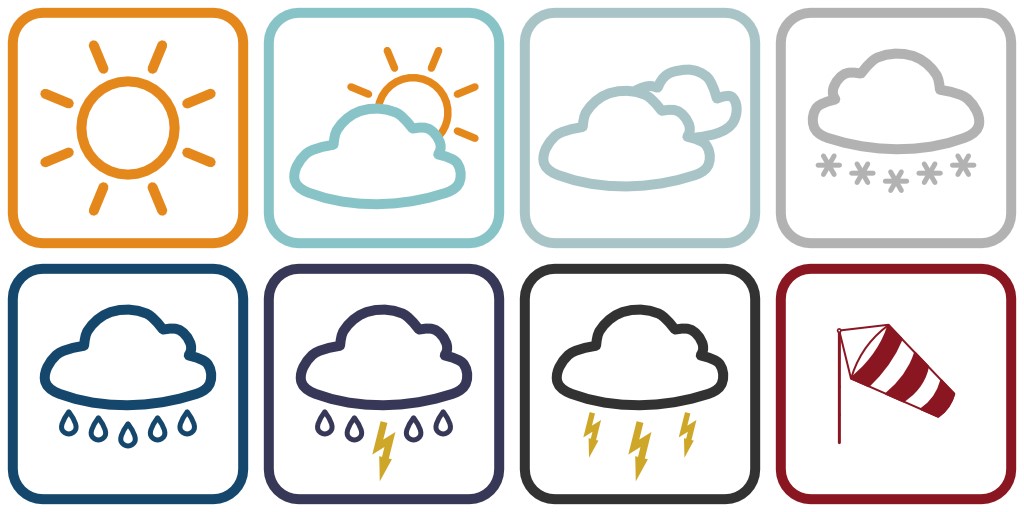Post by Admin on Jul 24, 2015 14:38:20 GMT 7


Vietnam is geographically located in the tropical zone, with the top North region on temperate zone. Therefore, its climate is not consistent throughout the country. In fact, the weather varies significantly by latitude and longitude.
The North (Hanoi, Halong Bay) is monsoonal with hot and rainy season from April to September and cool dry season from October to March. October and November are the best months to visit since you avoid the domestic tourist flow and also experience a more comfortable temperature and humidity compared with other months.
The Central part of Vietnam (Hue, Da Nang and Hoi An) receives dry and hot Southwest wind which makes it strenuous for any brisk walk during the day. Closer to the beach, the level of severity reduced and the dry wind is replaced by cool ocean breeze. Because of the limited land area, central Vietnam is also most susceptible to natural disasters such as hurricane or flooding. The paradox is, it is also where most beautiful beaches lie.
The South (Ho Chi Minh City, Nha Trang, Mui Ne) is typically hot all year round with two main seasons: rainy and dry. It is also the most predictable region in terms of weather. Summer months from May to August might not be the best time to hit the road since most tourists destinations are packed with tourists and downpours happen quite frequently.
The mountain area in Northwest and South central Vietnam see little fluctuation in weather condition. It is fairly cool all year round and a great place to escape the heat from cities. The rainy season is also from May to September. At the extreme you can see snow or flurry in December or January in Sapa .
More about the Tour? visit us : vietfriendtravel.com

